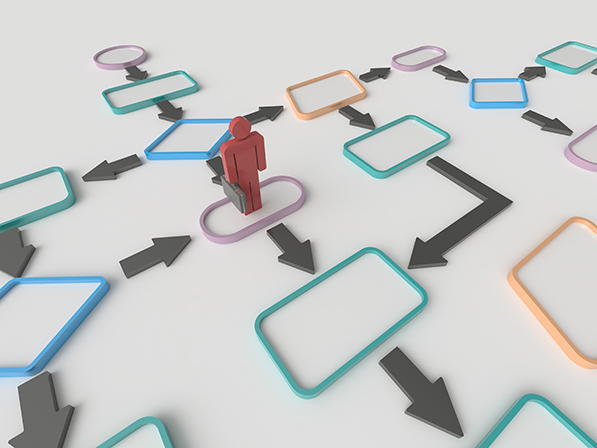In early May, Governor Gavin Newsom signed an executive order extending workers’ compensation benefits to California employees who contract COVID-19 while working outside of their homes during the state’s stay-at-home order. This workers’ compensation benefits extension is causing some confusion, but a Sacramento-based law firm recently created a flowchart to help employers.
As previously reported, the order prompted many questions about its scope, criteria and implementation — and created a “rebuttable presumption” that workers meeting certain criteria who contract COVID-19 did so during employment (which means the law automatically assumes workers’ compensation covers their claims and shifts the burden to employers, who may then present evidence to rebut the presumption).
The California Department of Industrial Relations answered some questions in its Question and Answer page, but Sacramento-based law firm Mullen & Filippi went a step further, creating a COVID Claim Presumption Flowchart to further simplify how employers can determine whether a presumption applies.
Start at the top of the chart. If you answer yes to the first seven questions — which include whether the worker received a COVID-19 diagnosis or tested positive for the virus, whether the diagnosis was from a medical doctor holding a license from the California Medical Board and whether the diagnosis was confirmed with a positive virus or antibody test within 30 days, to name a few — COVID-19 is presumed as an industrial injury. This means that, unless you can rebut the presumption by providing evidence of an alternate cause, you must provide workers’ compensation benefits. If, however, you answer no to any of the questions, no presumption exists, and the normal evidentiary rules apply.
Assuming the claim is compensable, employers can use page two of the flow chart to help determine apportionment, compensable consequences, death benefits and temporary total disability benefits.
This executive order is retroactive to March 19, 2020, and extends through July 5, 2020.
Jessica Mulholland, Managing Editor, CalChamber
For more COVID-19-related federal, state and local resources, visit the CalChamber Coronavirus (COVID-19) webpage and access additional COVID-19-related HRWatchdog blogs.





